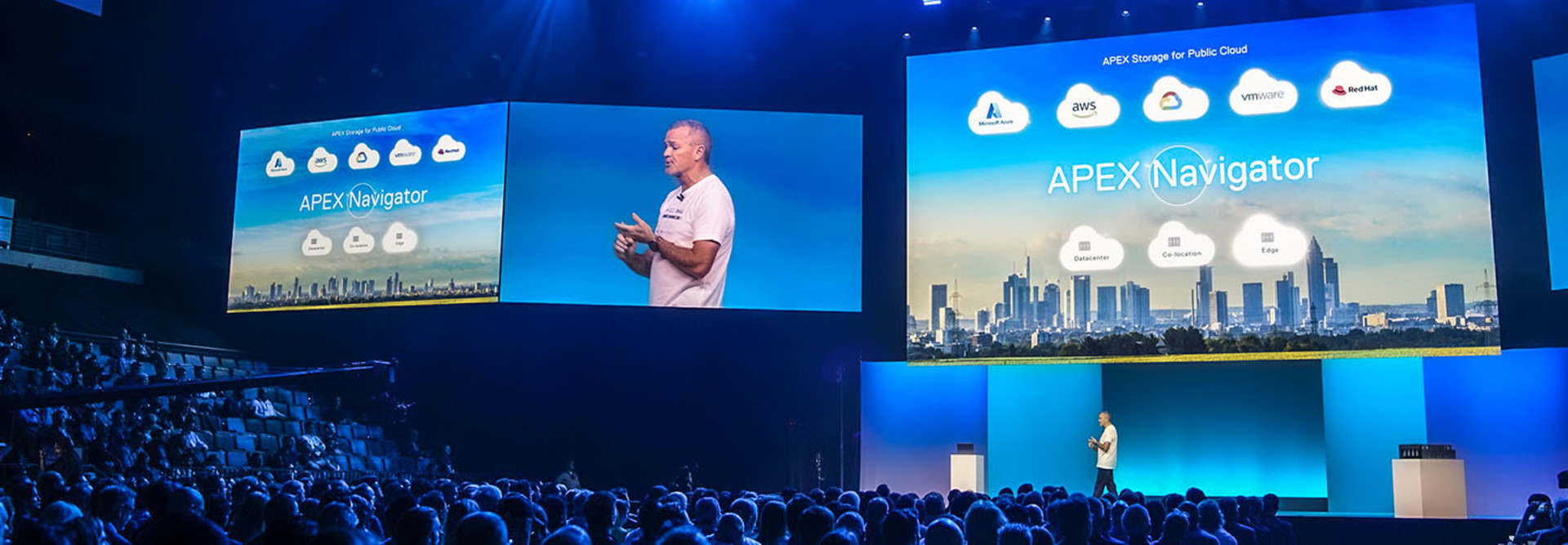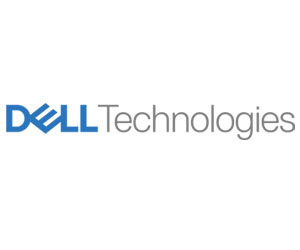Predictive Modeling and Scenario Planning
Agencies can plan for future events more effectively when using generative AI in predictive modeling scenarios. Generative AI provides access to high-quality data and the necessary computing resources for such exercises. Agencies can also perform scenario planning to better understand how generative AI can help by developing protocols on how to incorporate generative AI into planning that’s already taking place, Perez says.
Identify key decision points where generative AI can provide valuable insights and ensure that the tools are used in conjunction with other analysis to enhance or inform, rather than replace, human judgment, he says.
Strengthening Cybersecurity Measures and Protocols
One of the main areas agencies now use or intend to use generative AI is in cybersecurity.
“Generative AI can be used for anomaly and threat detection, allowing agencies to improve their ability to detect and respond to cyberthreats in real time,” Perez says. “This complex-event correlation capability also enables better management of critical national infrastructure.”
As agencies prepare for generative AI, they will require new software to enforce data governance policies, data privacy and security, as well as access controls and data grooming, Perez notes. Security and privacy software will allow agencies to guard against unauthorized access and achieve compliance, he says.
“In certain mission-critical use cases, fault-tolerant methods such as Byzantine consensus may be necessary to secure generative AI/AI environments against malicious attacks,” he adds.
RELATED: As artificial intelligence evolves, so does data poisoning.
Transforming Employment and Citizen Engagement
Some agencies will upgrade and improve employment and citizen engagement experience using AI in health services or duty services, speeding up response times to citizen inquiries, Perez says.
For example, agencies can use AI to improve lookup times when finding information for citizens or responding to requests. A generative AI copilot could provide real-time guidance to federal employees as they provide essential information to citizens, Perez predicts.
The federal workforce “spends significant amounts of time looking up policies for guidance,” Perez says. “This lookup time is experienced as wait time by the colleagues or citizens they are trying to serve. Imagine instead how a generative AI copilot trained on all relevant policies and guidelines and receptive to the conversation or the IM exchange could offer real-time guidance to employees.”
UP NEXT: Agencies should be a part of the AI proof-of-concept process.
Going forward, an entirely new set of AI-enabled software tools will provide agencies with everything they need to perform key tasks such as data collection, Perez says.
“A comprehensive suite of software tools that support the entire lifecycle of generative AI projects — from data collection and model training to analysis and decision-making — will be essential as agencies look to leverage the full potential of generative AI insights,” Perez says.
Brought to you by:













